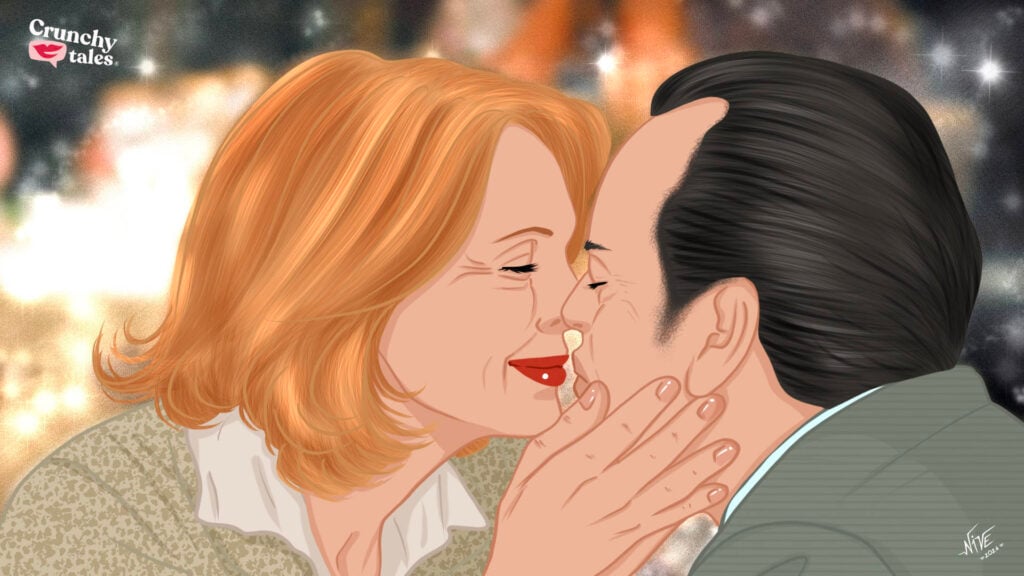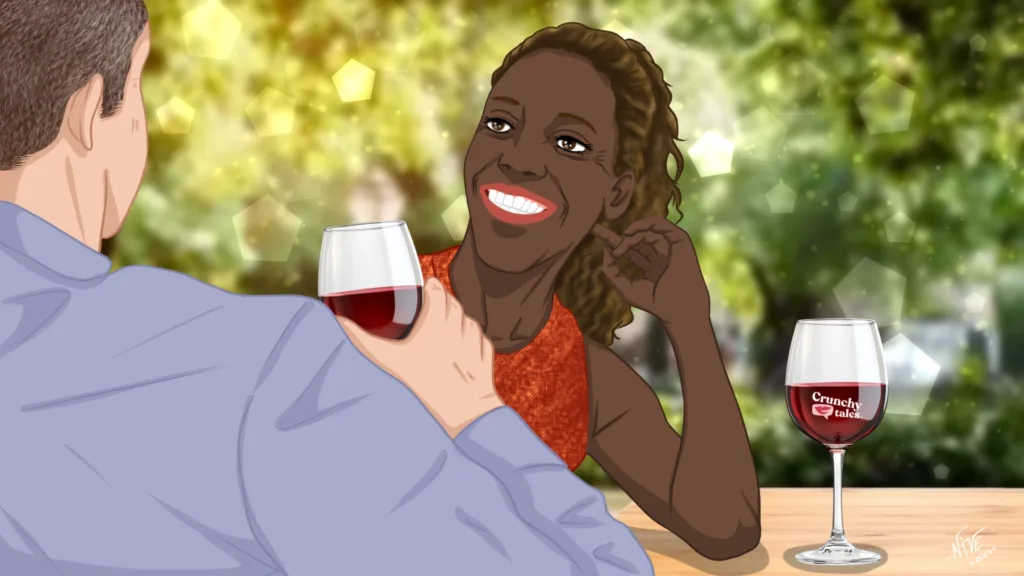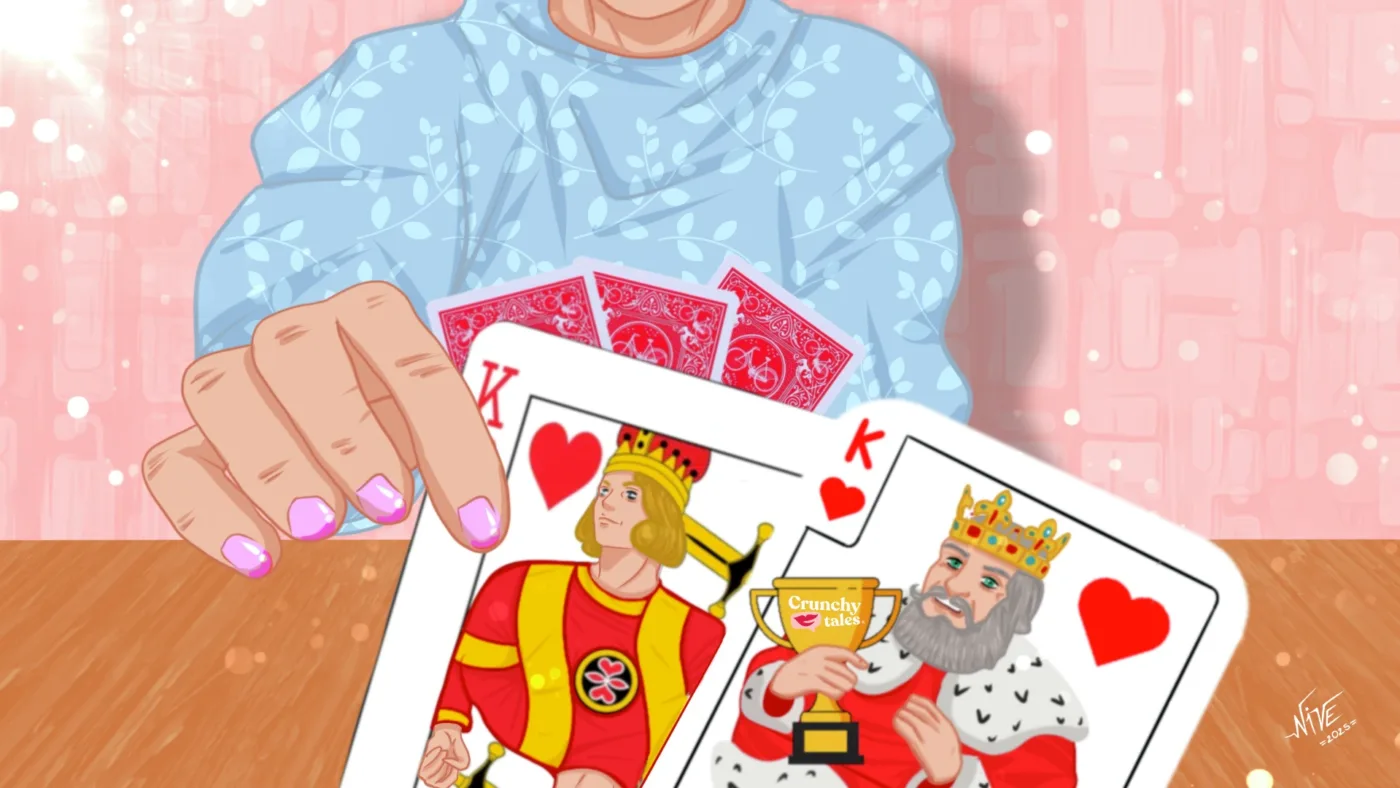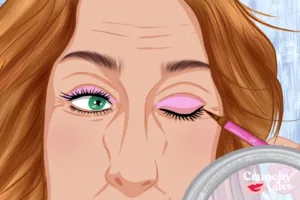Is Monogamy Overrated After 50? Linda’s Story of Liquid Love
More women over 50 are exploring ethical non-monogamy as traditional relationship models shift. In this candid feature, Linda, a literature teacher in her late 40s, opens up to Silvia Pellegrino about falling deeply in love with a man already in a committed open relationship—and the emotional complexity, longing, and personal awakening that followed.
From dating apps to modern love dilemmas, this is a story of passion, choice, and the grey zones of connection in midlife.

Not Your Average Midlife Love Story
At an age when most expect passion to simmer rather than flare, Linda found herself swept into the kind of breathless, all-consuming romance usually reserved for teenagers in glossy TV dramas. “That sort of love where you’re snogging non-stop, leaping on each other regardless of who’s around,” she says. “The kind that makes your heart feel light, and the world a little less messed up.”
It may sound like the start of a cheesy, over-sweet, slightly cringe-worthy romance novel—but the story Linda shared with us is far from your usual “happily ever after” love tale. There is a “happily”, but it involves more than just two people.
Linda is a literature teacher, an amateur writer, obsessed with succulents, and the survivor of a very civilised divorce from an ex-partner to whom she’s sworn eternal fraternal love.
“With Jake we simply grew apart. It wasn’t easy to leave behind everything we’d built together, but I no longer felt that pull that made me imagine spending the rest of my life with him—even though a big part of me never wanted to let him go.”
After ten years of being together and six of living under the same roof, Linda packed her books, her clothes, her succulents, and her ginger cat Topazio, and moved in with her best friend Kate, in the far reaches of North London.
“I’ve known Kate for twenty years. We’re like sisters, we know everything about each other,” she says. So when Kate suggested trying dating apps after a long dry spell, Linda didn’t resist. “At first, I was really eager to meet people, and the variety of these apps, with all their features, was a bit overwhelming.”
She explains how dating apps have evolved far beyond simple profiles. “You don’t just upload a bio and some photos—you can be specific about what you’re looking for (or not looking for), from sexual preferences to political views and more.” At first, Linda thought it was a bit much. “So many questions—but in the end, it’s useful for matching with people who actually suit you.”
Her experiences were mixed. “I met some lovely men I never stayed in touch with, others less pleasant, and a few who became good friends.”
The reality of dating apps
The reality of dating apps—especially in large cities where meaningful and lasting connections seem incompatible with everyone’s packed schedule—is proving more and more appealing across different age groups. Women aged 50 and over, in particular, are a growing demographic on dating platforms—especially in the UK and US, where apps are now tailored specifically to their needs.
While data in Europe is still limited, emerging trends show increasing engagement, driven by the desire for companionship, romance, and emotional intimacy in later life.
So far, tech seems to be doing a fine job of channelling people toward each other—but sometimes, whether by chance or synchronicity, one small “oversight” can lead to wildly unexpected outcomes.
“I matched with Mark because his prompts were hilarious and his photo choices absolutely bizarre,” she says, smiling at the memory. “For me, a man has to make me laugh and be caring.”
From the beginning, their connection felt unusually strong. “After two weeks of chatting, it felt like I’d known him forever. So one evening, with Kate away on business, I invited him over.” She hadn’t expected what happened next. “In person, he was even more attractive than in photos. Shy, but sweet. He didn’t say much, but every word out of his mouth was intelligent—which is a rarity these days, with cultural flattening everywhere.”
Linda admits she’s not one to hold back. But that first-date tension still lingered. “I’m not shy at all, but to thaw that first layer of awkwardness I downed several glasses of wine.” The wine lowered her guard—and heightened her awareness. “The more the wine worked its magic, the more I noticed small details in Mark that made me crave him uncontrollably: his big, elegant hands, his lips, his hair sculpted like marble.”
Their chemistry was instant, overwhelming. “We made love all night, with a passion and intensity I’d never experienced.” But the morning after came with a quiet realisation—one that had always been in plain sight. “The next morning, over breakfast, I became fully aware of something that had always been there—never hidden, never glossed over, in fact stated clearly: Mark was in an ethical non-monogamous relationship.”

Liquid love: When Monogamy No Longer Fits
So, is monogamy overrated after 50? Has the infamous concept of commitment had its day? Philosopher Zygmunt Bauman, in his theory of liquid love, described modern relationships as fragile and fleeting, shaped by the broader context of liquid modernity—a world of weakened social bonds.
For Bauman, modern love is marked by a fear of commitment and a craving for personal freedom. Couples treat love like consumer goods: to be discarded when no longer fulfilling. He argued that the strength of a bond lies not in its permanence, but in the couple’s ability to withstand uncertainty together, resisting the instinct to flee at the first hurdle. His vision of liquid love captured the instability of modern emotional connections—particularly the strain on commitment, trust, and long-term bonds in our consumerist, individualistic culture.
So, with the fear of commitment, the ever-present “exit door”, love as a commodity, and the strained monogamous ideal—could ethical non-monogamy be the answer?
Data are clear: Women over 50 are increasingly exploring ethical non-monogamy. A 2016 U.S. study found 21% of single adults had engaged in it. A 2023 UK poll showed 12% have considered it, while a 2022 European survey revealed 26% of women on a dating platform were non-monogamous—65% said they don’t believe in monogamy.
Linda isn’t alone. But a non-hierarchical, emotionally fulfilling love may still be far from universal.
The Soulmate Illusion
“I can’t deny being intrigued. When Mark explained how he and Margaret explored ethical non-monogamy, it felt admirable” she says. “Margaret also has a partner and splits her week between Mark and Paul. Their relationship is ethical and non-hierarchical—neither takes precedence. At least, on paper.”
But when Linda first stepped into their shared world, theory gave way to something more visceral. “The first time I visited their home, I was overwhelmed,” she recalls. “We’d spent a rare sunny day walking through London.” That bright, carefree afternoon ended in a space that surprised her. “His flat struck me: a scientist enchanted by art and literature, yet living in a clinical space—few paintings, some books, a couple of photos. As if his inner world had nowhere to go.”
Then came the details—small, quiet signals of a life built with someone else. “What stood out was the doubling of everything—two toothbrushes, scrapers, robes, mugs. I wouldn’t notice these in a friend’s home, but here, it felt deeply intimate. Crafted over time, perhaps reshaped by the pandemic, still unresolved.”
Despite that, Mark was tender. Intentional. Loving. “Mark cooked for me. Read to me. Bought a tray for Topazio. Wrote me a love letter. Everything about him says soulmate. And I blame the literature and cinema that shaped my ideal of romantic love—so far from the anger I saw between my parents.”






This Post Has 0 Comments